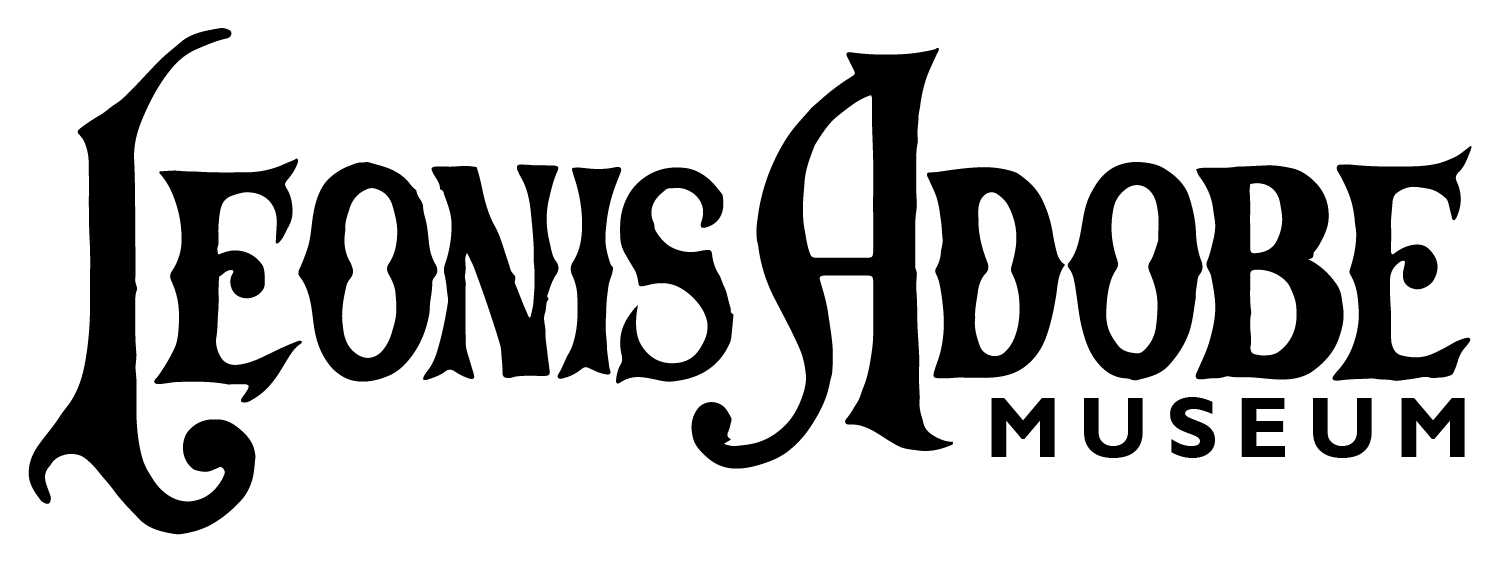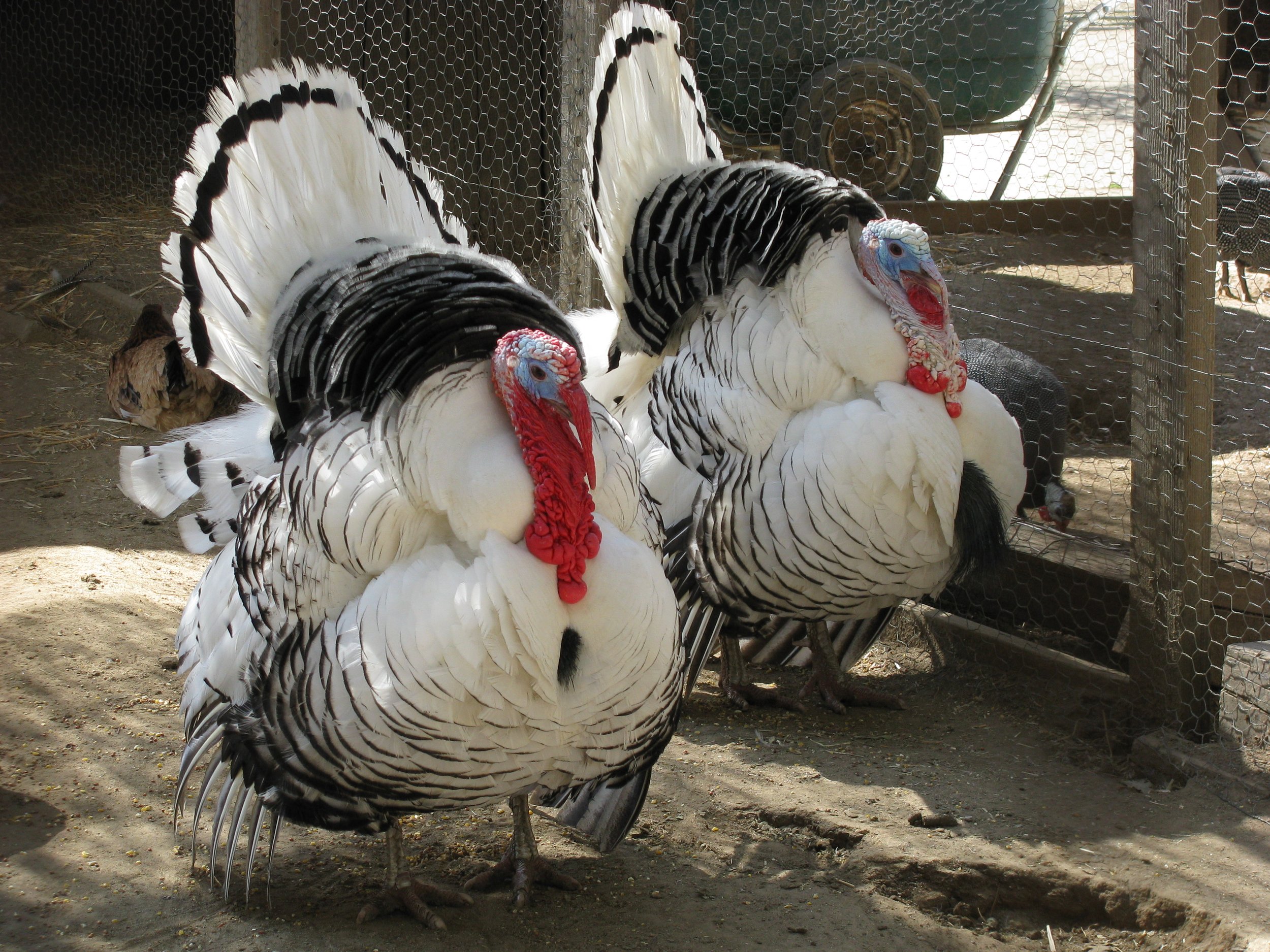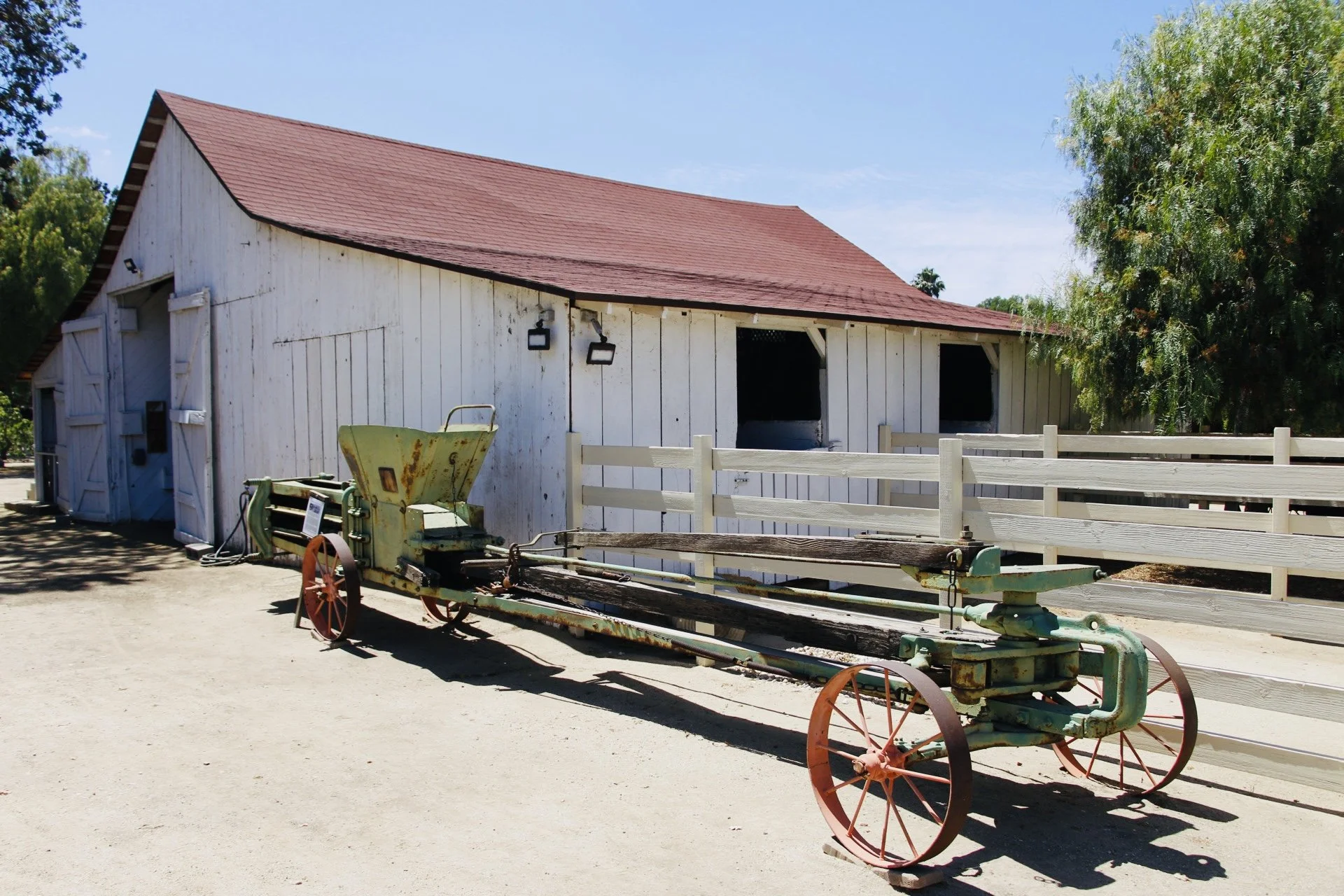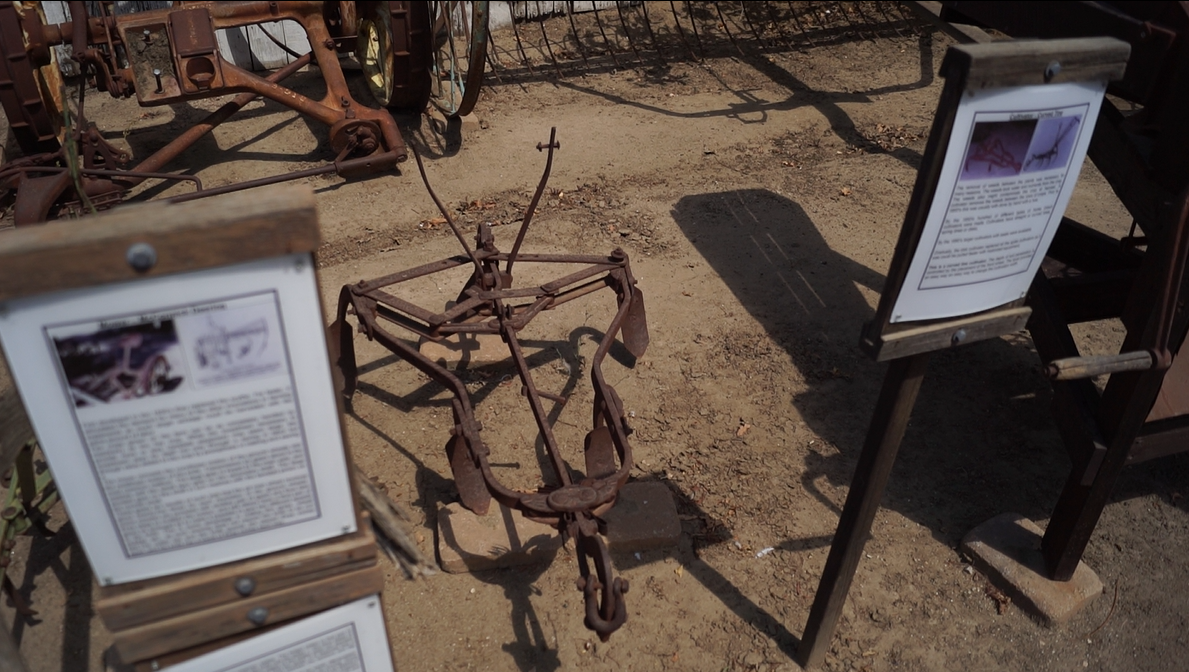Ranch Animals
-

Percheron Horses
The Percheron is a breed of working horse native to France. They are known for their size, hardiness, and poise. On the rancho, they would have been utilized like we use cars and tractors today. They could pull wagons for transportation, farm equipment, and be ridden by themselves.
-

Texas Longhorns
Texas Longhorns have impressive horns, earning them their name, which serve to fend off predators and to keep cool. Longhorns would have been favored on the rancho since they can thrive in hot climates, are resistant to disease, and generally have long lifespans. They provided lean meat and supple leather.
-

Sheep
Sheep on the rancho are shorn once a year so that their fleece can be turned into wool. One year’s growth of fleece is about 8 pounds of wool. One pound of wool can make ten miles of yarn. Sheep flock together for protection and usually live to be about eight years old.
-

Goats
Nubian goats were popular on the rancho for their milk, meat, leather, and wool. Angora goats’ wool produces the luxury fiber mohair. Today, we have angora goats on the rancho, but Miguel would have raised both.
-
Black Spanish Turkeys
The turkeys at the Adobe are called Black Spanish and are considered a rare breed. They produce large eggs and are a good source of meat. They commonly live for about 5 years, but can reach up to 12.
-

Poultry
It takes a hen – an adult female chicken – 24 to 26 hours to lay an egg. Chickens provided eggs and meat on the rancho. They eat pests like insects and worms that might harm crops, along with fruit, seeds, acorns, grains, and many other foods.
-

Doves
Doves, from the pigeon family, are intelligent birds that can be taught tricks and make good pets. They are social and live in colonies.
-

Cats
Barn cats have a job on the rancho too! They catch rodents and rabbits, which helps to keep them from eating all of the crops. On the rancho today, we have four barn cats. If you look carefully, you may even see them when you come to visit.
Sponsor a Ranch Animal
When you choose to sponsor an animal, you help support the high standard of care we maintain as a functioning ranch and distinctive living history museum. You help offset the cost of quality feed and supplements, veterinary care, hoof care, sheep shearing, and general maintenance. As thanks, you’ll receive a complimentary plush toy of your choice and a certificate of appreciation.
Ranch Exhibits
Adobe Brick Making
The Horno
The Bath House
-
see this inside of the Tank House
The word “adobe” has come to us over some 4000 years with little change in either pronunciation or meaning: the word can be traced from the Middle Egyptian (c. 2000 BC) word dj-b-t "mud [i.e., sun-dried] brick."
Adobe is a natural building material mixed from sand, clay, straw, and dung or other fibrous materials. It is then shaped into bricks using frames and dried in the sun. Adobe structures are extremely durable and account for some of the oldest buildings on the planet. Adobe buildings also offer significant advantages in hot, dry climates, as they remain cooler since adobe stores and releases heat very slowly.
The Leonis Adobe’s interior adobe is protected by wood cladding, or else it would not have survived time and the elements. When touring the adobe, you’ll be able to see the “truth window” in the Menendez Room, which is a cut-out to display the original adobe bricks underneath.
-
see this behind the Adobe
Horno (pronounced Or'-nO) is Spanish for "Oven" or "Furnace". In the western part of the U.S., it generally refers to wood-fired earthen ovens usually made of adobe bricks covered in a thin plaster of mud. Because the adobe walls are made of individual sun-dried mud bricks that are bonded together with mud mortar, they are often shaped like a beehive. Used by Native Americans and the early settlers of North America, the horno is still used in parts of New Mexico and Arizona. The oven is used for baking and roasting, however other cooking can take place at the opening while the horno is being fired.
A fire is built inside allowing the thick adobe chamber to absorb heat. After two or three hours, coals are removed to a nearby brazier for other use or to reheat the oven as needed. Using a wooden bakers paddle, the food is carefully placed inside the oven and the doorway is sealed. An horno can maintain temperature for several hours without much loss of heat. Food can even be doused in water before being placed into the oven in order to “steam” it.
-
see this building next to the Tank House
Water was more scarce during the 1880s rancho life, so baths were usually taken about once a week. In between, washcloths and soap were used to keep clean. Working on a rancho can be hard and dirty work, so it was important to keep one’s hands and face clean. Our current bath house has been replicated based on first-person evidence. Maria Orsua, caretaker of the adobe, described what the facilities were like when she was living at the adobe. What you see today is what it would have been like for those living on the property during the late 1800s.
Ranch Crops
Cacti
The Prickly Pear Cactus (Opuntia) is one of the few plants that is both a fruit and a vegetable. The red-colored pear (tuna) is the fruit and the green pads are the vegetable. The fruit or pear can be peeled and eaten raw or made into jams, jellies, and drinks. The leaves or pads (nopales) of the cactus can be cooked or grilled. Prickly Pear cactus pads can be used medicinally or culinarily in things like soups, stews, and tortillas.
Pumpkins
Pumpkins are an iconic crop here at the Leonis Adobe Museum since we are located in the heart of Old Town Calabasas. It is generally accepted that “calabasas” means "pumpkin," "squash," or "gourd," derived from the Spanish “calabaza”. However, some historians hold the theory that “calabasas” is a translation of the Native American Chumash word “Calahoosa”, meaning “where the wild geese fly”. The earliest recorded use of the place name Calabasas comes from documents that date to August 18, 1795, when Padre Santa Maria wrote in his journal that he slept in Calabasas while searching for a suitable location for a new mission.
Blue Corn
Grown on this rancho in the 1880s by the Leonis family, blue corn is one of the most unique corns found in the Southwestern United States. The foundation for many great cultures in the Americas, including those of the Inca, Maya and Aztec civilizations, blue corn is still an important element in Native American religious rituals. Containing more protein than yellow corn, more antioxidants, and a lower glycemic index, blue corn is ground into various flours or meals. These flours or meals are then used to make tortillas, a staple for the Leonis family and their workers.
Grapes
Grapes, or more specifically wine, served as a significant source of income for the Leonis Family. Mission grapes were used to make wine. Wine would be stored in vats like the ones on display in our Tank House. Reportedly, grapes from a few Southern California vineyards were propagated from Leonis Adobe cuttings.
Quince
Quince comes from a deciduous tree that bears a yellow fruit resembling a cross between an apple and a pear. Most varieties are too hard and astringent to eat raw. Typically, quince is peeled, cored, and boiled in a water and sugar (or honey) mixture to soften it and bring out its sweetness. Quince is commonly used for jellies and preserves. See if you can spot these trees around the property!
Plums
Once they’re established, Plum trees are easy to maintain, making them a good choice for low effort yields. A versatile fruit, plums can be enjoyed fresh from the tree when ripe, made into jams, jellies and pies, or preserved by drying them. We have purple and green plums on the ranch.
Ranch Wagons
The Leonis Adobe Museum boasts a wide variety of period wagons and farm equipment. From the everyday Phaetons to the massive hay and cargo wagons, horse-drawn vehicles of the 19th century are represented in the exhibits onsite. Visitors get a firsthand grasp of the size and weight of these vehicles and the incredible amount of strength and endurance that was required of the horses. Check these out in our covered sections behind the barn.
Ranch Equipment




















